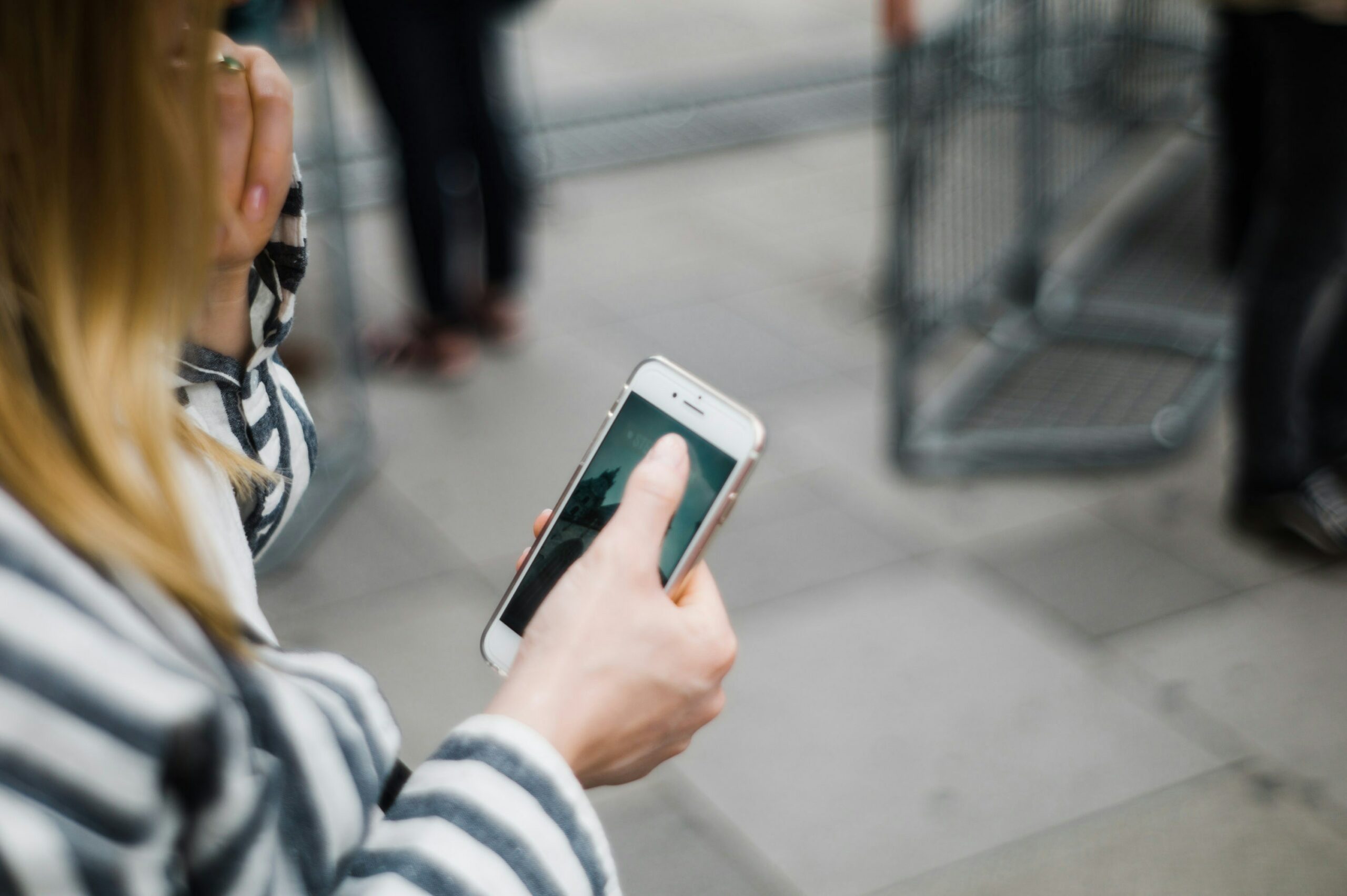Disconnecting from Technology and Connecting to Humanity
In the past two decades, our cell phones have become less a method of speaking aloud with others and more a connection point to the wider world of the Internet. With access to search engines and thousands of apps, technology has taken us to a different way of living and connecting with others — sometimes for the better and sometimes for the worse.
There’s no doubt that technology has led to countless improvements in people’s lives. However, it also has been shown to lead to increased health problems, including mental health risks. There are some dangers that come from overuse of technology, and one of the best ways to combat that danger is to disconnect from devices and reconnect with humanity.
Dangers of technology
According to a 2017 study, there are many negative consequences from using technology on an individual level, including behavioral, affective, and cognitive consequences (1). This study showed that too much technology led to decreased social skills as well as lowered self-motivation. It also showed a decrease in emotional intelligence, such as the capacity for empathy. Additionally, the overuse of technology is linked to increased rates of ADHD and depression for young people, highlighting a common argument that technology is a cause of the mental health crisis facing children and teenagers in the modern time.
Social media
While social media has been around for decades at this point, the younger generations have access to more robust, endless social media feeds that are curated towards their particular interests. Around 2012, the rates of depression in teenagers began to rise (2). It’s hard not to see this data in direct connection to the rise of several social media sites, including Facebook and Instagram. One study found evidence that young people who were frequently accessing social media showed higher rates of depression and anxiety (2). Social comparison and unhealthy internalization of impossible beauty standards are generally the most cited reasons for this increase in mental health conditions, although there may be other causes as well.
There is an ongoing debate about whether social media and the use of digital devices are detrimental to mental health. This correlation is emphasized by the statistics that show that girls take in more social media than boys and also have higher rates of mental health challenges (2). For girls and young women, social media content offers warped ideas of what intimacy and social connection look like, making it a dangerous source of content.
Cell phones
Cell phone use is also shown to have a relationship with mental health challenges, such as depression symptoms (3). This correlation is most likely due to the content accessed via cell phone and also the behavioral changes that occur when a young person is spending time on their phone — that is, decreased physical activity and interrupted sleep patterns (3). Many mental health professionals posit that people can become addicted to their cell phones, showing similar symptoms to other addictions or dependencies.
Importance of disconnecting from technology
To address the negative consequences of technology overuse, it’s important to disconnect and let the mind begin to reclaim itself. Often, this idea is called a “digital detox” and can look many different ways.
While it might be hard to cut out technology all at once, here are a few ways to decrease technology use over time:
- Set aside one day a week for engaging in social media. Here, you log-in only one day a week to view other people’s posts and to create your own posts.
- Have a technology curfew. You can try to give yourself “downtime” from technology by not looking at a screen between 8pm to 8am so you can give your brain (and your eyes) a rest.
- Put your phone in another room. When you’re at home, leave your phone in another room so you don’t pick it up. Chances are, if it’s in your line of sight, you’ll be more likely to pick it up.
- Learn about your screen time. If your phone has a screen time tracker, check each week to see how many hours you’re using your phone. Use this feature to motivate you to reduce your screen time.
Technology at Hidden River
The staff at Hidden River fully believe in the power of reclaiming brain space from technology – so much so that we have a technology policy for our residents. It’s important that you are present and here to do the work required for your treatment and recovery. To reiterate what we touched on above, cell phones and social media are distracting, misleading, and triggering for many individuals.
With that thought in mind, the program emphasizes a “digital detox” protocol. To establish a calm mindset, we initially remove all forms of digital engagement. During the process of treatment, the clinical team will determine a reintroduction process based upon an Exposure Response Prevention (ERP) treatment model, so you learn to manage the use of technology in a health- and recovery-conscious manner.
For more information about eating disorder treatment at Hidden River, please visit our website.
References
- Scott, D.A. Valley, B., & Simecka, B.A. (2017). Mental Health Concerns in the Digital Age. International Journal of Mental Health and Addiction, 15, 604-613.
- Haidt, J. & Allen, N. (2020). Scrutinizing the effects of digital technology on mental health. Nature, https://www.nature.com/articles/d41586-020-00296-x.
- Thomee, S. (2018). Mobile Phone Use and Mental Health. A Review of the Research That Takes a Psychological Perspective on Exposure. International Journal of Environmental Research and Public Health, 15(2).






Leave a Reply
You must be logged in to post a comment.